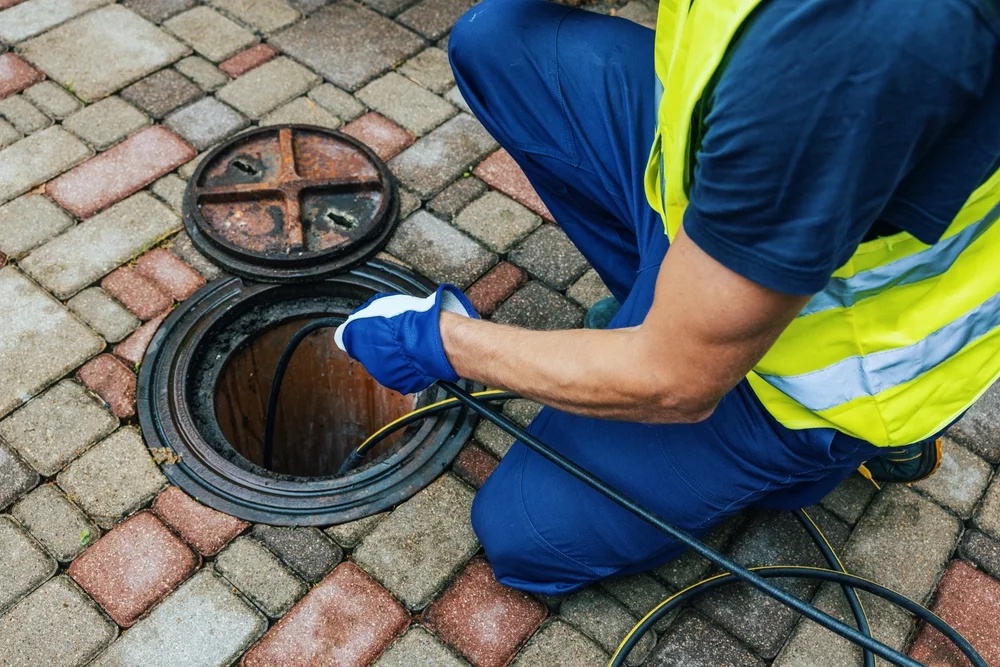Introduction:
A drainage system is a vital component of any property, ensuring proper water flow and preventing water damage. Conducting regular drainage inspections is crucial for identifying potential issues early on and preventing costly repairs. In this guide, we'll explore expert tips for conducting a thorough drainage inspection to maintain the integrity and functionality of your property's drainage system.
Understanding the Importance of Drainage Inspection:
Before delving into the inspection process, it's essential to understand why drainage inspection is critical. A well-maintained drainage system prevents water accumulation, which can lead to various issues such as flooding, soil erosion, foundation damage, and mold growth. Regular inspections help in identifying blockages, leaks, or structural damage, allowing for timely repairs and ensuring the efficient operation of the drainage system.
Preparation and Equipment:
Before starting the inspection, gather the necessary equipment. This typically includes a flashlight, a ladder for accessing gutters and downspouts, a garden hose for testing water flow, and a pair of gloves and boots for safety. Additionally, it's helpful to have a checklist to ensure that no aspect of the drainage system is overlooked during the inspection process.
Exterior Drainage Inspection:
Begin the inspection by examining the exterior drainage system. Inspect gutters and downspouts for any debris buildup, such as leaves, twigs, or sediment, which can obstruct water flow. Clear any blockages and ensure that gutters are securely attached to the roofline to prevent water leakage. Check for signs of corrosion or damage that may require repairs or replacement.
Next, inspect the grading around the property to ensure that the ground slopes away from the foundation. Proper grading directs water away from the building, reducing the risk of water damage to the foundation and basement. Look for low spots or areas where water pools and consider regrading if necessary to improve drainage.
Inspect the landscaping and hardscaping features, such as flower beds, driveways, and walkways, for signs of water accumulation or erosion. Ensure that landscaping elements do not obstruct the natural flow of water and consider installing drainage solutions, such as French drains or swales, to redirect excess water away from the property.
Interior Drainage Inspection:
After inspecting the exterior drainage system, move indoors to assess the interior drainage components. Check all interior drains, including sinks, showers, and floor drains, for any signs of clogs or slow drainage. Use a flashlight to inspect the pipes for leaks, corrosion, or damage, paying close attention to joints and connections.
Inspect the sump pump and pit, if applicable, to ensure that the pump is functioning correctly and that the pit is free of debris. Test the sump pump by pouring water into the pit and verifying that it activates and removes the water efficiently.
Check the basement or crawl space for signs of moisture, such as dampness, mold, or mildew growth. Moisture intrusion can indicate issues with the drainage system or foundation, requiring further investigation and repairs.
Testing and Maintenance:
Once the inspection is complete, perform tests to ensure the proper functioning of the drainage system. Use a garden hose to simulate rainfall and observe the water flow around the property. Verify that water is directed away from the building and that there are no areas of standing water or pooling.
Implement a regular maintenance schedule to keep the drainage system in optimal condition. Clean gutters and downspouts regularly to prevent debris buildup, and trim vegetation to prevent obstruction of drainage pathways. Monitor the system for any signs of damage or deterioration and address issues promptly to prevent costly repairs.
Conclusion:
Conducting a thorough drainage inspection is essential for maintaining the integrity and functionality of your property's drainage system. By following expert tips and guidelines, you can identify potential issues early on and take proactive measures to prevent water damage and costly repairs. Remember to regularly inspect both the exterior and interior drainage components, perform necessary tests, and implement a maintenance schedule to ensure the efficient operation of the drainage system. With proper care and attention, you can protect your property from water-related issues and preserve its value for years to come.


No comments yet